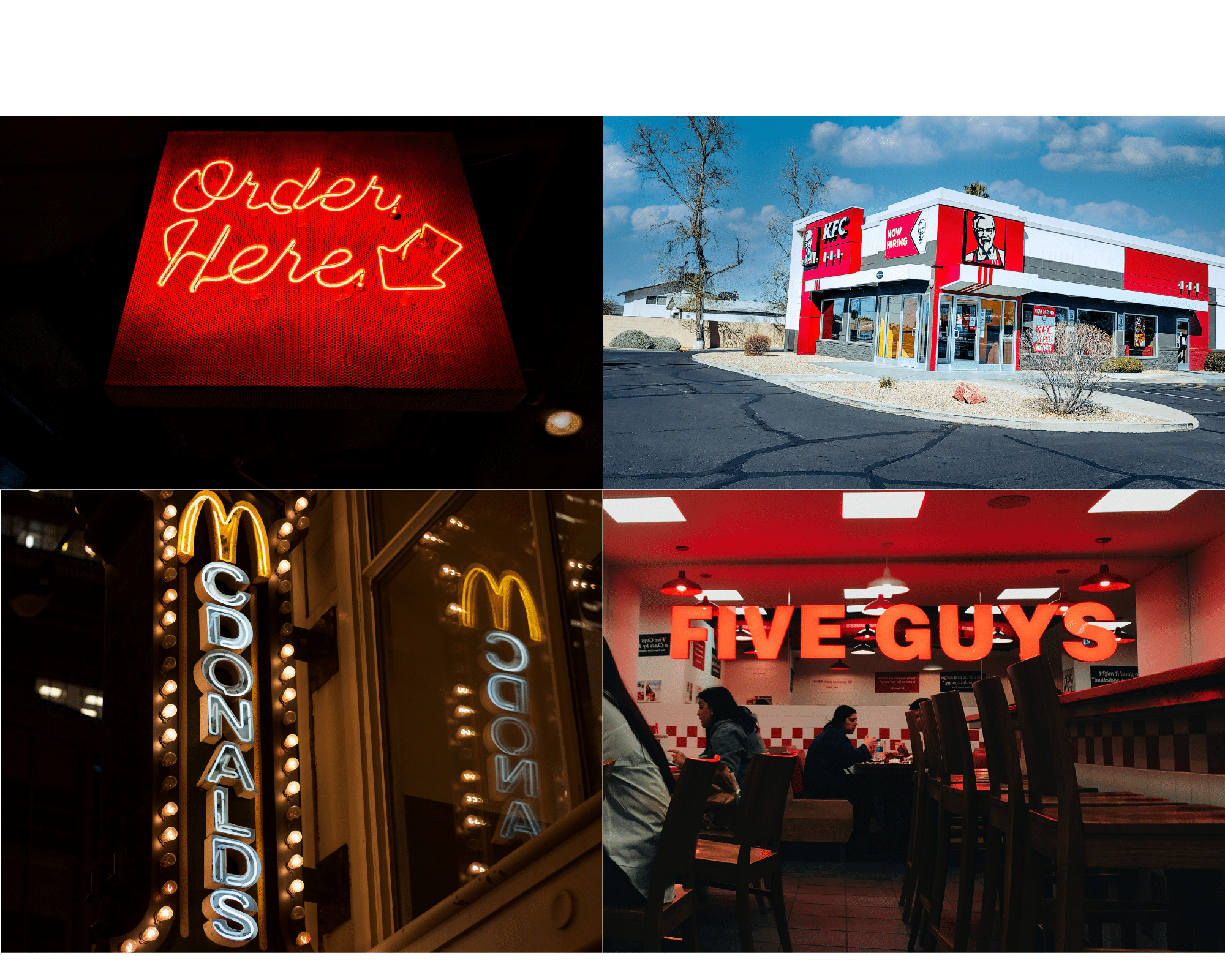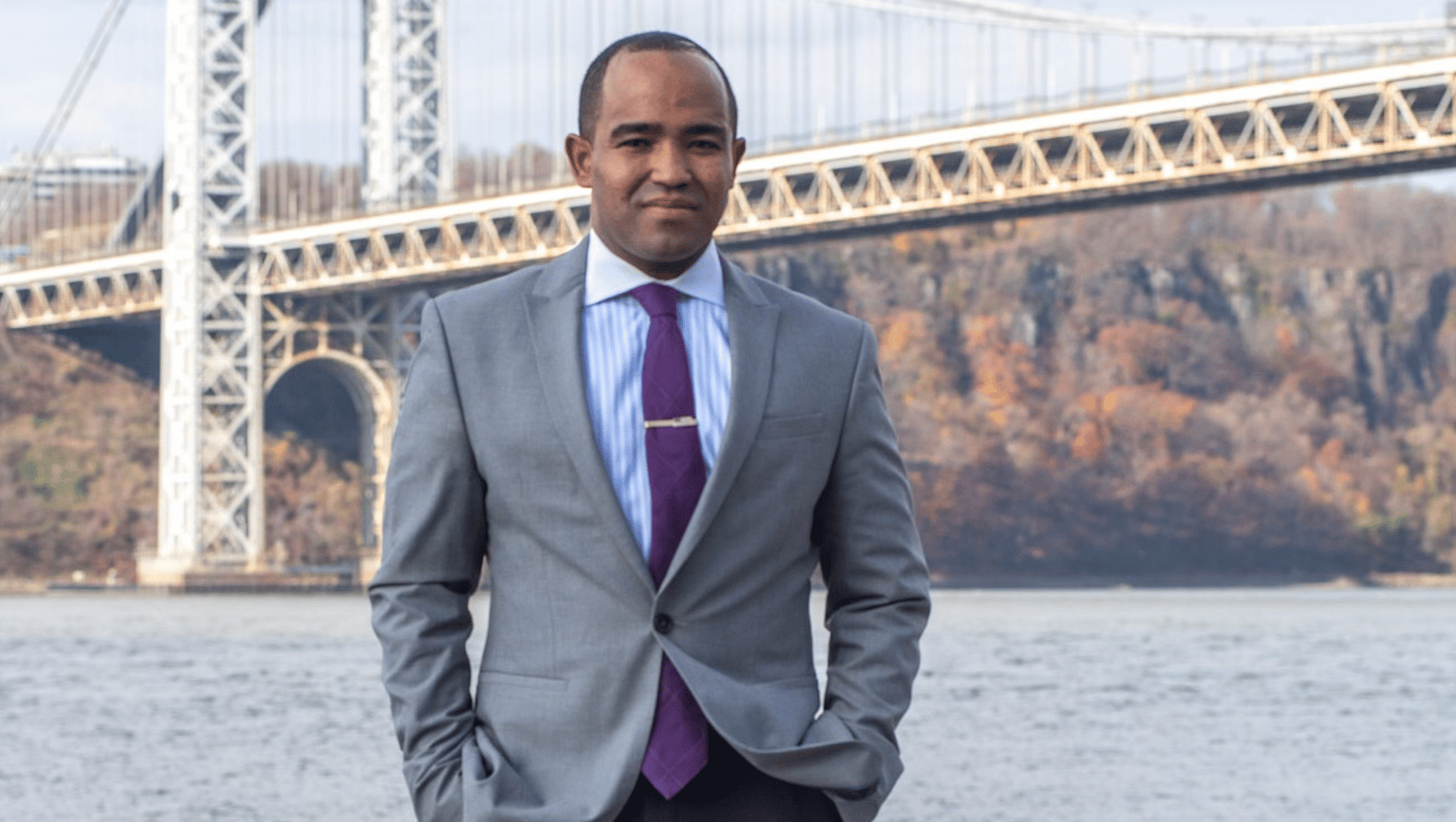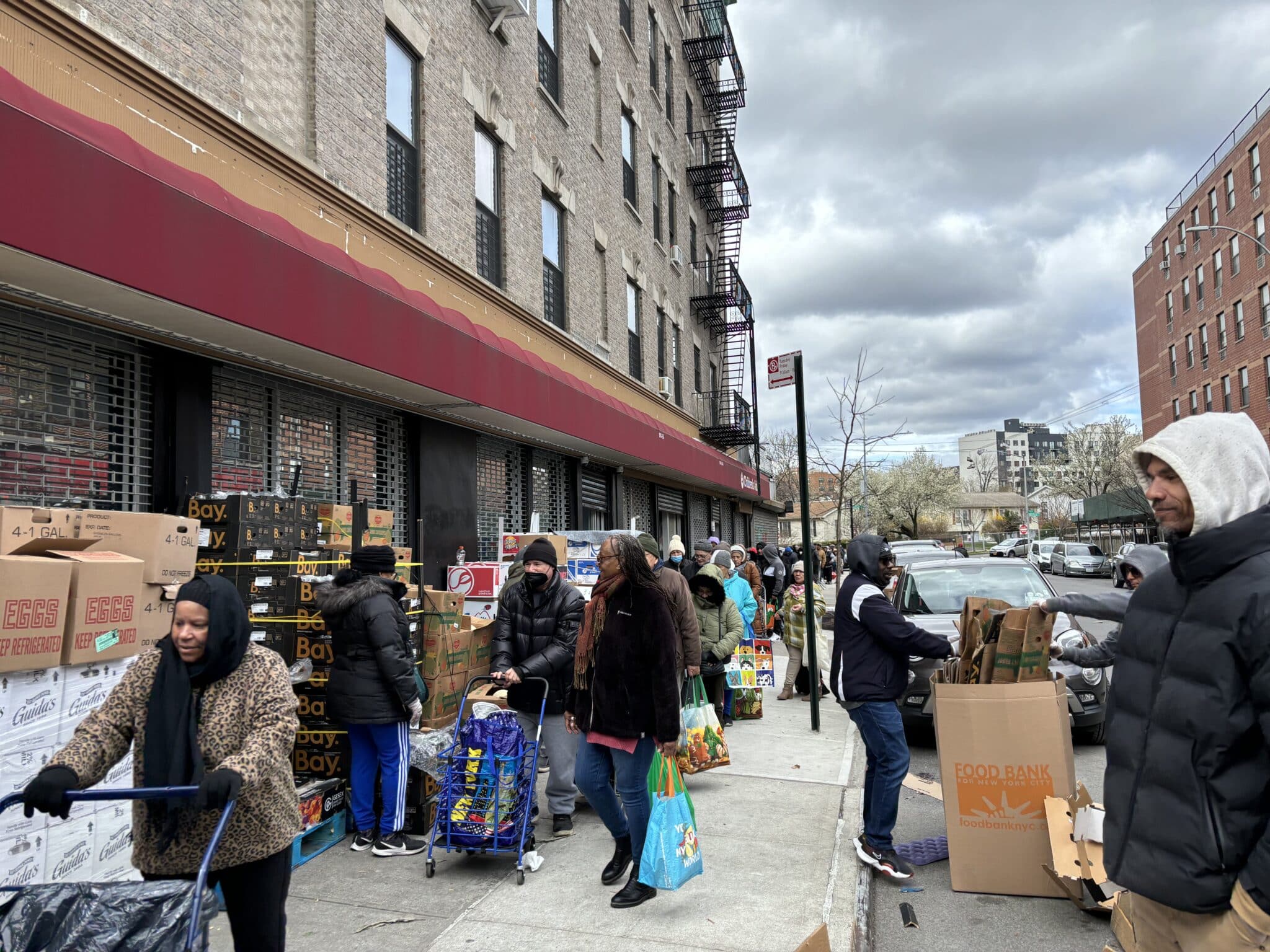A food desert is an urban area in which it is difficult to buy affordable or good-quality fresh food. Many poorer neighborhoods have plenty of fast food and other options, but much of it is not healthy. Pictures from Unsplash.
BROOKLYN- East New Yorker Raynelda Perez (47) tries her best to avoid fast food. She goes on a scavenger hunt to find the produce sold in the area. She frequents the small vegetable shops on Fulton Avenue and often lines up for food giveaways at the neighborhood’s churches. “If you really search for good food, you might find it,” she says. “I feel like people here just like unhealthy food. They are always eating that junk.”
Like Perez, many East New Yorkers struggle to find good food. They often have to search hard in the neighborhood or commute to other neighborhoods to find fruit, fresh vegetables, and other food that New Yorkers in richer neighborhoods take for granted.
The community is one of Brooklyn’s poorest neighborhoods. Apparently, healthy supermarket companies like Whole Foods don’t see a reason to open a store here. The lack of household buying power has made neighborhoods like East New York food deserts, a neighborhood with limited access to affordable healthy food, and an abundance of fast-food chains.
There are about 27 fast-food chains in the East New York zip code 11207 and about 14 more in 11208. Linden Boulevard, a main street with six lanes, is famous for having a large number of fast-food restaurants close to each other. On Atlantic Avenue, another wide street that runs from one end of Brooklyn to another, there is a McDonald’s, White Castle, Wendy’s, and Dunkin’ Donuts within four blocks. For every single grocery store in zip code 11208, there are about five fast-food restaurants.
People who live in East New York suffer from high levels of obesity and the community has one of the highest levels of residents with diabetes in the city. The poor diet of highly processed food sold in the neighborhood makes residents prime targets for disease, according to an NYU study.
“I can feel the grease when I eat fast food,” twenty-three-year-old Saulo Peña said. He moved to East New York from the Dominican Republic four years ago and became overweight pretty quickly. Despite knowing that his diet is the cause, he still craves those burgers, fries, and nuggets and finds them hard to resist.
In another part of Brooklyn, about seven miles away, Samantha Davila (25) and her boyfriend Christian Armando (25) don’t have to hunt for good food. They live in Park Slope, one of Brooklyn’s wealthier neighborhoods. They are surrounded by stores that offer high-quality food. “There is a Key Food, Associated, and a Whole Foods Market near us,” says Christian. “Oh, and a Trader Joe’s too.” They find that they have plenty of choices. “There are lots of vegan food items. It’s great for the environment,” adds Samantha.
Other than supermarkets, there are a lot of locally-owned restaurants serving diverse cuisines compared to fast-food restaurants. “There are salad bars, frozen yogurt, bubble tea shops, pizzerias,” Samantha said. Christian adds more to the list. “Italian, Japanese, Indian, and Colombian food too.”
Saulo, who gets fatter and fatter in East New York, used to work in the Whole Foods Market in Park Slope. He, like Samantha and Christian, recognizes that the food in Park Slope is healthy. “Whole Foods has more organic food,” says Saulo, “I would love it if they opened Whole Foods in my neighborhood. The food here is no good, but it does not stop people, even me, from eating it. It’s addicting. Maybe Whole Foods can change us.”
There has been some effort to improve things. Gateway Center, at the very edge of East New York almost along the Belt Parkway, opened in 2014. It is a hike but is within walking distance for many East New Yorkers. There you might find grocery stores like Target, ShopRite, and Aldi that do offer healthier food alternatives.
There are also local efforts like community gardens, local food pantries, and non-profit organizations, including the Food Bank For New York City, that are doing their best to fight food insecurity.
For East New Yorkers, these things are a ray of hope. “Instead of taking several trains, I can go to Gateway now and find some organic foods. There is not a lot, but it’s still better than before,” says Raynelda.
Tags: CCNY CCNY Journalism Cuny CUNY Journalism East New York Elianny Tull Fast Food Food Deserts HarlemView Healthy Food Marginalized Communities obesity Park Slope Student Journalism The City College of New York Trader Joes Whole Foods
Series: Community






